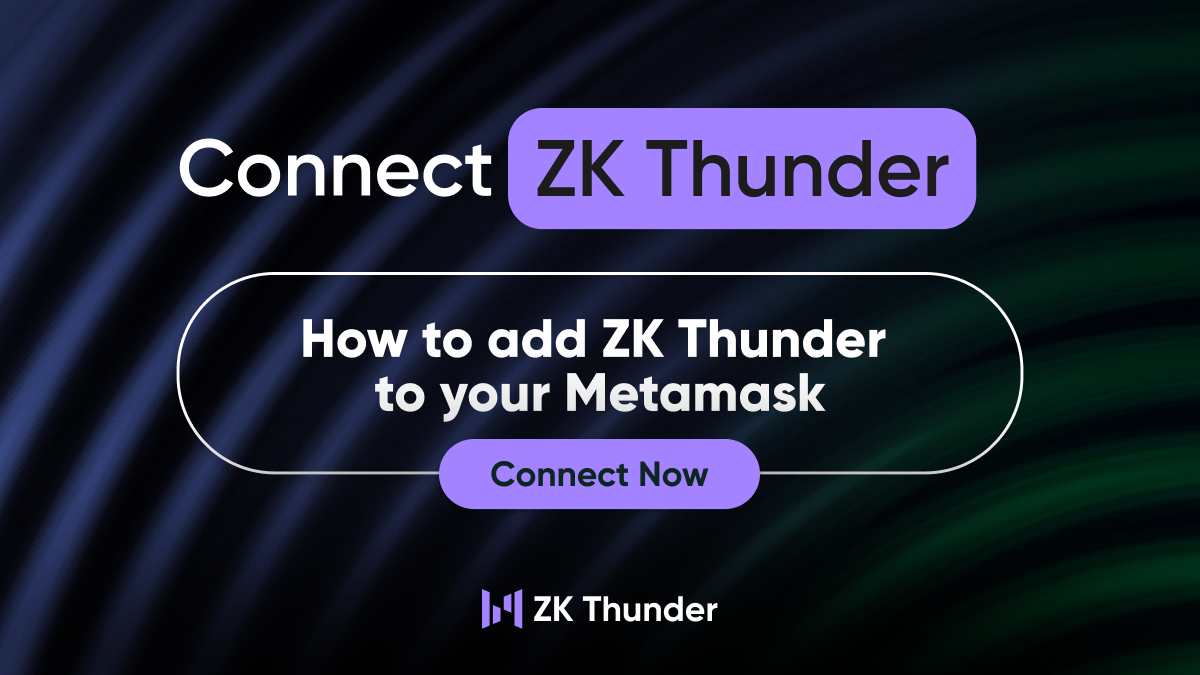
In the realm of digital currencies and cryptography, where trust in decentralized systems is paramount, the advent of quantum computers has sent shivers down the spines of many enthusiasts. The fear is not unfounded, as quantum computers possess the potential to break the cryptographic algorithms currently used to secure cryptocurrencies and blockchains. While it is essential to acknowledge the potential risks, we must also approach this topic with a level-headed understanding of the reality and consequences of quantum computing.
What is a Quantum Computer?
A quantum computer harnesses the principles of quantum mechanics to process information in a fundamentally different way than classical computers. While classical computers use bits, which can only represent a 0 or a 1, quantum computers use qubits. Due to the phenomenon of superposition, qubits can exist in a combination of states, representing 0, 1, or any combination of the two simultaneously.
This unique property of superposition, along with other quantum phenomena like entanglement and quantum tunneling, allows quantum computers to perform certain calculations exponentially faster than classical computers. For example, a quantum computer could potentially factor large numbers in a fraction of the time it would take a classical computer, which has significant implications for cryptography and cybersecurity.
How Do Quantum Computers Work?
Quantum computers manipulate qubits using quantum gates, which are analogous to logic gates in classical computers. However, quantum gates can perform operations that are impossible for classical gates, such as creating superposition and entanglement.
Entanglement is a quantum phenomenon where two or more qubits become linked, such that the state of one qubit is dependent on the state of the other(s). This allows quantum computers to perform operations on multiple qubits simultaneously, further increasing their computational power.
Challenges and Potential Applications
Building and maintaining a quantum computer is a formidable challenge. Qubits are extremely fragile and susceptible to decoherence, which is the loss of quantum information due to interactions with the environment. To minimize decoherence, quantum computers, so far, must be operated at extremely low temperatures and shielded from external noise.
Quantum computers have the potential to revolutionize many fields. In addition to cryptography, quantum computers could be used to simulate quantum systems, design new materials, optimize complex logistics, and accelerate drug discovery.
Microsoft's Breakthrough Discovery for Quantum Computing
On February 19, 2025, Microsoft announced a major breakthrough in quantum computing with Majorana 1, the world’s first quantum chip powered by a Topological Core architecture. This innovation introduces a topoconductor—a type of topological superconductor—that enables a completely new state of matter beyond solids, liquids, or gases.
Microsoft’s Chief Quantum Scientist, Chetan Nayak, highlighted the importance of scalability:
"Whatever you’re doing in quantum space needs a path to a million qubits. Without it, you’ll hit a wall before solving the critical problems that drive this technology. We have actually worked out a path to a million."
Reaching this next horizon will require an architecture capable of supporting over a million qubits and executing trillions of fast, reliable operations. Microsoft’s latest development suggests that this milestone is now a matter of years, not decades.
Risks for the Crypto industry
The potential of quantum computers to break current cryptographic algorithms poses a risk to the entire computing world and internet, as cryptography is fundamental to many security protocols. But while upgrading a centralized network is relatively easy, doing the same in a decentralized system can be more challenging.
The primary issue arises for Bitcoin and Mintlayer when the public key, which secures funds in an address, is revealed,and this happens when the funds are spent. Both Mintlayer and Bitcoin are UTXO-based systems, so a wallet can have multiple addresses, each a hashed version of its public key. For this reason it is a good practice in UTXO systems to not re-use old addresses. This prevents quantum computers from attacking funds locked in known public key addresses, even if they can break current cryptographic algorithms. This differs from accounting systems like Ethereum, where an address is the direct hex representation of the public key, so no protection is given to their users.
Solution Challenges
Both Bitcoin and Mintlayer could readily introduce new address versions using quantum-resistant cryptography. This hasn't been implemented because a post-quantum cryptography (PQC) algorithm signature is significantly larger (10-100 times) than current signatures, and validation is much slower. This creates a burden for node operators.

Furthermore, users would have to actively transfer funds from old addresses, secured by ECC signatures, to new ones. This may not pose a significant issue for a relatively new blockchain like Mintlayer, but it could be problematic for Bitcoin, where an estimated 4 million BTC are held in unprotected addresses. If quantum computing becomes a reality and no action is taken (the most likely scenario), these 4 million BTC will likely be taken by quantum computing operators, with unpredictable effects on Bitcoin's price.
Alternatively, those 4 million BTC could be frozen, effectively removing them from circulation. However, this scenario is unlikely as it would require the community to reach a consensus to proactively decide the fate of part of the supply.
Conclusion
Quantum computing may present a risk to the crypto industry. Although quantum computing’s arrival is inevitable, it may not be as catastrophic as predicted. Research in this area is advancing rapidly, making it crucial to develop future solutions. Currently, UTXO-based systems like Bitcoin and Mintlayer are secure. However, due to increased funding and research in quantum computing, it is time to prepare for a post-quantum computing world.
Discover more

How to Add ZK Thunder to Metamask
This is a step-by-step guide How to Add ZK Thunder to your Metamask Wallet.

Mintlayer’s Pulsar Consensus: A New Era for Efficiency & Security
We have published our comprehensive white paper on arXiv.org detailing the Pulsar Consensus.

Art Meets Blockchain: A Journey Through NFTs and Bitcoin
Uncover the transformation of art and value in the blockchain era through NFTs and Bitcoin upgrades.